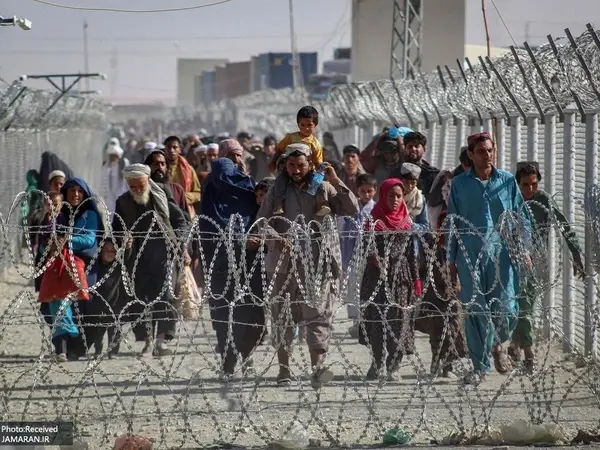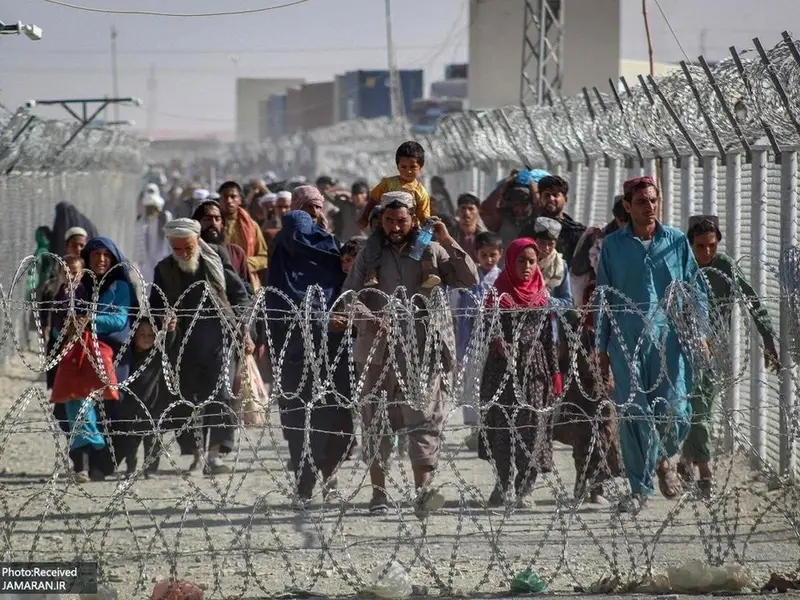Iran’s ministry of interior has issued a directive for all illegal Afghan immigrants to leave or face deportation.
The statement, released on Monday emphasized that “unauthorized individuals, particularly foreign nationals, will be repatriated.”
Amid an economic crisis, the ministry stated that there is no possibility of accepting further Afghan immigrants into the country as Iran faces growing discontent about rising numbers of both legal and illegal Afghans in the country.
The ministry's public relations department appended the statement with a note, attributing its issuance to certain websites' attempts to stir anti-Afghan sentiments, although no further explanation was provided.
The announcement follows recent remarks made by Ehsan Heidari, the acting head of the Department of Foreign Nationals and Immigrants Affairs of Tehran Province in which he warned of crackdowns on illegal immigrants. .
On March 21, the IRGC-affiliated Tasnim News Agency reported the initiation of a police plan aimed at gathering and repatriating unauthorized immigrants from recreational areas in Tehran Province.
Reports of detention and expulsion of foreign nationals from Iran have become increasingly common in recent months. While the reports do not specify the nationality of those affected, it is widely understood that a significant portion of them are Afghan citizens.
The influx of Afghan migrants into Iran has sparked debate among citizens and officials alike, with differing opinions on whether their presence poses a threat or an opportunity for the regime. Estimates of the size of the Afghan diaspora population in Iran vary, with precise figures difficult to ascertain due to Afghans' reluctance to participate in official counts and registrations.
Approximately 780,000 Afghans residing in Iran possess official refugee status, leaving the majority without documentation. Over recent years, Afghan refugees have been crossing the border in significant numbers fleeing the Taliban regime, with estimates now suggesting their total population in Iran ranges between 6 to 7 million, as indicated by an expert from the Iranian Parliament's Research Center.

